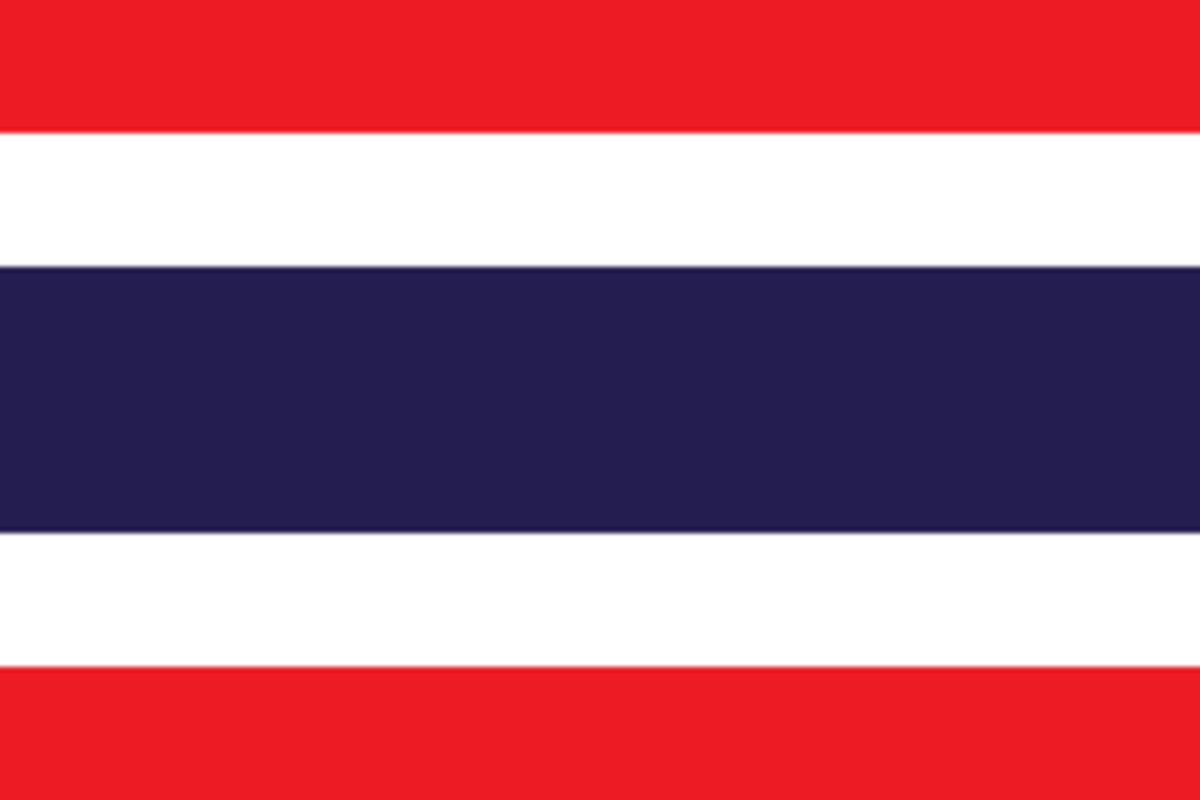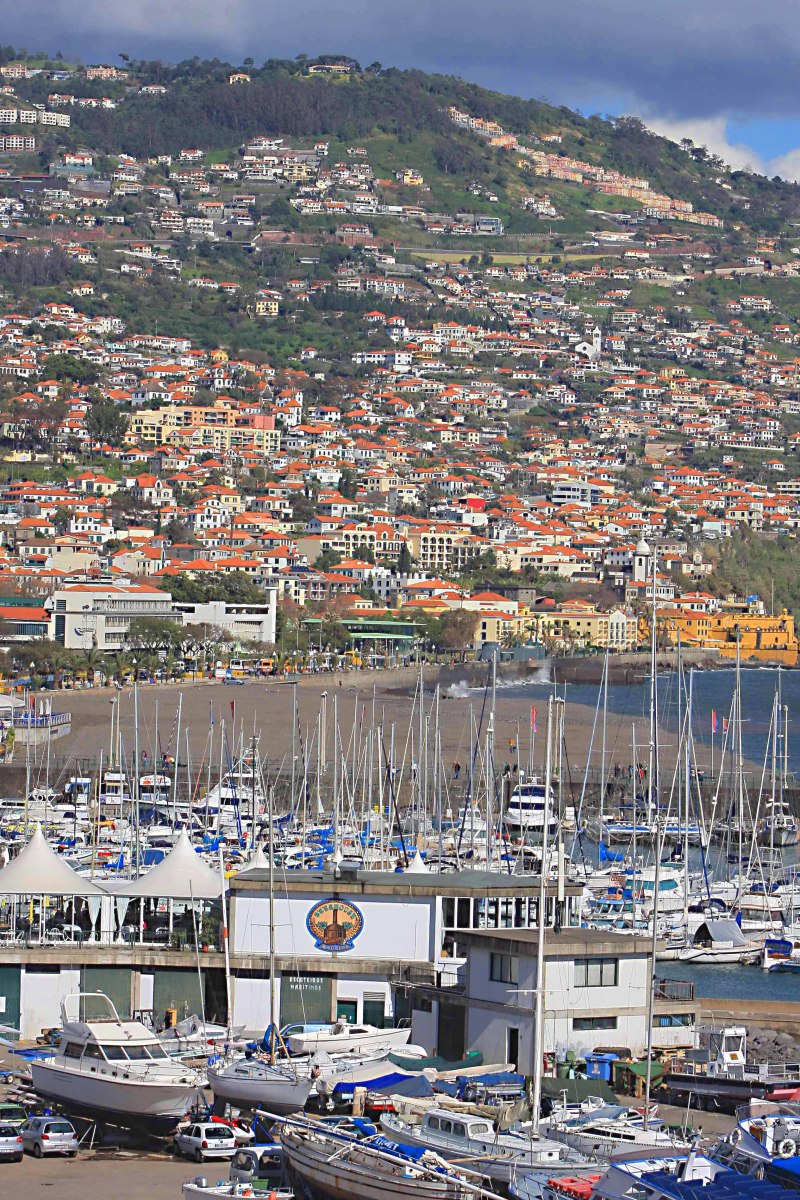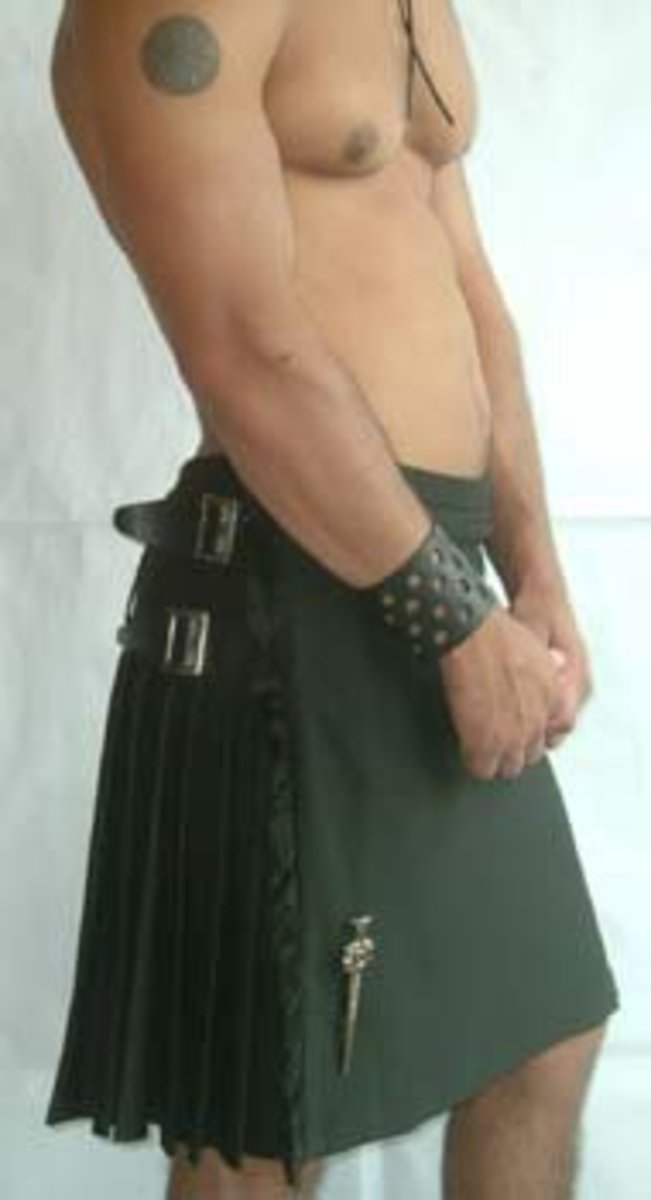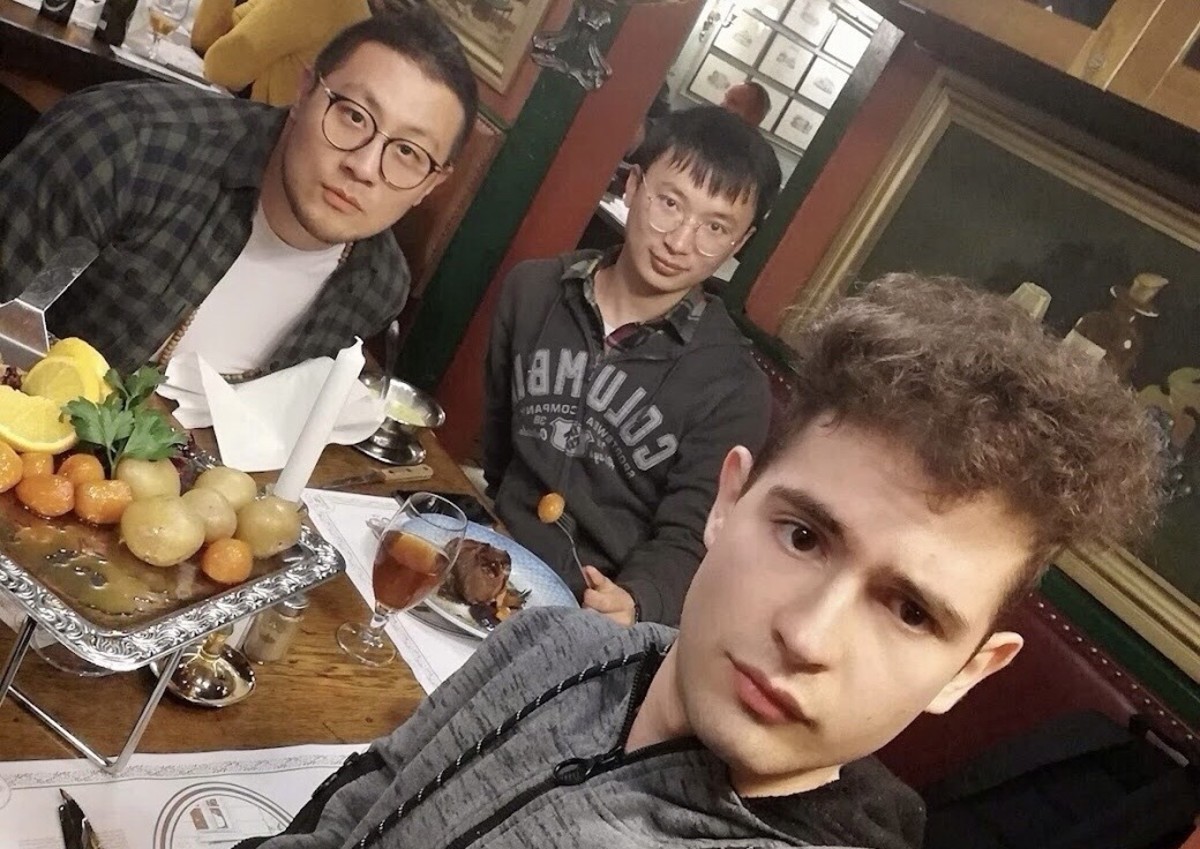Belarus Travel Guide
Field in Kozlovichi, Belarus
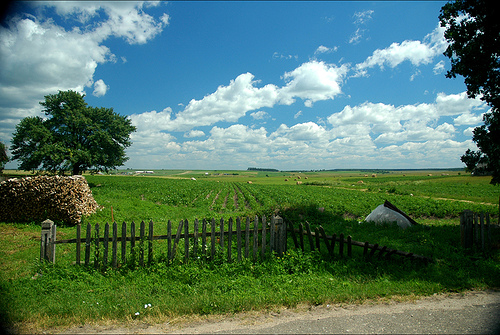
The Republic of Belarus is located in the center of Europe, between the Black Sea and the Baltic Sea waters. Its historical name was “The White Ruthenia”, the name Belarus being adopted when the country became independent (from the USSR). The leaders of the independent country maintained the connections with Moscow which lead to an international isolation. Today most industries have remained in the country’s administration and foreign investments are limited to an unfriendly business environment. Despite these facts, the Republic of Belarus doesn’t deserve the reputation of being a transit country between Russia and Europe. The tourism industry has oriented toward agro-tourism, due to the natural advantages – large fields, scenic villages, ancient castles and monasteries, thick forests and hundreds of lakes waiting for nature, culture and sports lovers.
One third of the country’s territory is covered with birch, oak and fir forests, which teem of species like buffalos, moose, deer, wolves and bears. There are guided tours through nature that offer you the possibility to relax picking mushrooms, wild strawberries and medicated plants. You have the opportunity to spend the night in a traditional village and to share the meal with a family of peasants, an experience that represents an incursion in the 18th century. Another Belarus’ specialties are the resorts and salt mines that offer natural treatments for various ailments.
Belarus has a unique history and a rich cultural heritage, with hundreds of monuments dating from the 12th century. Most castles are in ruin but some have been preserved – in Mir, Nyasvizh, Zaslaue, Lida and Kamianec. You can see orthodox churches from the 13th century in Hrodna, Mahilyow, Polacak, Navahradak.Belarus Tourist Attractions
The capital city, Minsk, located at 340km north-east of Warsaw and 120km south-east of Vilnius, was mentioned for the first time in 1067, but besides a few buildings from the 17th century, little has survived from the old city. The city has become an important communication axis and was badly damaged during the Second World War. The modern city has a symmetrical plan, developed on both banks of the river Svisloch.
-
Don’t miss the Troitskoye Predmestye suburbs. This place can offer you an incursion in the old city of Minsk – houses from the 19th century with colourful facades and excellent examples of Baroque architecture – The Holy Ghost Cathedral, St. Peter and Paul Cathedral si Maryinsky Cathedral that was rebuilt after its original form.
- The 13th century Belarus was the core of the great kingdom of Lithuania, with its capital city in Novogrudok. Here you can find the 14th century castle, Lida, where the great Belarusian poet, Adam Mitskevich, was born.
- Not far from Raubichi lays the quiant lakeMinsk, surrounded by many small islands and covered by thick pine forests.
- The onion-shaped domes of the Russian orthodox churches dominate the landscape all over the country but this happens especially in Logoysk, Krasnoe and Molodechno.
- The Khatyn Memorial commemorates its destruction by the German armies during the Second World War.
- The village Zhirovitsa, located 190km away from Minsk, is renowned for the beautiful Assumption monastery from the 15th century.
- 120 km away from Minsk there is the small city Mir, where you can visit the Jew cemetery and the castle from the 15th century. Close by, Nesvizh still preserves its historical buildings. The former residence of the Radzivill family is one of the most attractive palaces in the country. It’s surrounded by a park with many lakes and elaborate gardens. In a short distance you can find the Catholic Church belonging to the Italian architect from the 16th century, Bernardoni.
- The first Russian state’s center of Christianity was located in the Slavic city Polotsk. This is the oldest city in Belarus and was founded in 862. Saint Sophia Church from the 11th century is an excellent example of that period’s architecture. Also visit the two castles in the vicinity.
- 300 km south of Minsk, Pinsk is the second largest city in the Brest region. Here you can find an abundance of historical, architectural and cultural monuments. The city and the area around it are renowned for the nature’s beauty.
- In Grodno, the fifth largest city, the main historical attractions are the historical center, Kalozh church and the old castle, both from the 11th century.
- The city of Minsk has a diverse cultural scene, supplied by the Belarus ballet and museums like the NationalMuseum for History and Culture, National Museum of Art, The Great Patriotic War Museum and The Old Belarus Culture Museum. Other museum offer information about great writers like Kolas, Bogdanovich and Brovka. The icons represent a large part of the National Galleries’ collection.
- Approximately 2 km away from the capital city you can find the scenic village of Raubichi, which has an interesting ethnographic museum, inside an old church that no longer functions.
- The DudutkiTraditionalArchitectureMuseum is located 40 km away from the capital city and is the only private museum in Belarus that exhibits craft tools and traditional customs.
- Sports lovers can engage in cross-track skiing in the Olympic Sports Complex in Raubichy, located 22 km away from Minsk. For alpine skiing you should go to the modern resorts in Logoysk and Silichy, 30 km away from Minsk.
- The lake district of Braslav, located in the country’s north, is ideal for sailing. Some of the 30 lakes are connected through canals. The accommodation is usually available in small chalets located on the lake’s shore.
- Balavezha Forest is one of the last places where you can meet animals like buffalos, wolves and bears in their natural habitat. Hiking paths cross the Berezinsky Natural Reserve, from the spring to the LakePalik. This unique region is made out of ancient forests, marshes, deep rivers, rich flora and fauna. Throughout history this reserve offered a trade route that tied the Baltic countries to the ones located near the Black Sea.
- 270 km away from Minsk, Vitebsk is the place where the painter Marc Chagal was born. There is a cultural center named after him and also his family’s house, which was turned into a museum.
-
One of the attractions that await you in Brest is a tour of the fortress that was used to banish the Germans during the Second World War. Inside you’ll find a museum that exhibits the historical events since the 13th century. This exhibit is continued by the artifacts from the National Museum of History and Archeology. Don’t miss the WhiteTower (Belaya Vezha) and KamenetsTower, built in the 13th century.
-
The landscape around Brest seems to have remained stuck in time – 500 years old trees, wild buffalos. The National Park Belovezhskaya contains 60 animal species and 900 plant species.
- If you are interested in political history you should visit the village Viskouli, the place where the leaders of Belarus, Russia and Ukraine signed the famous act that represented the end of USSR.
Hill of Burnt Cities, Belarus
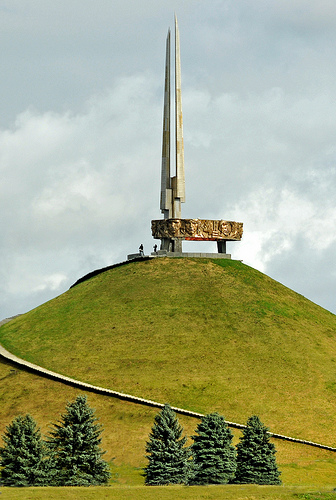
Belarus History
The modern Belarus’ territories were occupied by the Slavic tribes since the 6th century. In the 9th and 10th centuries a few kingdoms were formed, the most important ones being centered in Polatsk. Throughout the dynasties, some of them became part of the Kievan Rus and were converted to the Orthodox Christianity.
After Kievan Rus’ fall in the 13th century the Belarusian territories were annexed to the Great Dukedom of Lithuania. In the beginning the Belarusian had a great influence over the pagan Lithuanians, but after Lithuania’s dynasty merged with Poland’s in 1386, the Belarus orthodox opposition weakened. The Belarus bishops accepted the union with Rome in 1596. Most of the population adopted the Eastern Rite but most of the nobles adopted the Latin Catholicism, together with the Polish language and culture.
During the Poland’s Separations (1772, 1793 and 1795) Belarus was annexed to the Russian Empire. During the 19th century Russian and Belarusian were competing for winning the population’s loyalty in Belarus. Only toward the end of the 19th century, after the peasant’s rebellion lead by Kastus Kalinouski in 1863, the Belarusian national identity started to develop. This fact acted as a stimulant for literature, represented by the poets Yakub Kolas and Yanka Kupala.
In March 1918 Belarus declared its independence, after the fall of the Russian Empire. After the Soviet-Polish war in 1920, western Belarus was occupied by Poland and the eastern regions were converted to the SSR Belarus, which was part of the Soviet Union. In 1939, in the beginning of the First World War, the western territories were also annexed by the USSR. As a main war territory Belarus suffered a lot of casualties, losing almost one third of the population. The postwar reconstruction was followed by an economical growth and a fast industrialization.
The reforms started by the Soviet leader Mihail Gorbachev in the beginning of the 1980s stimulated the national rebirth, including the formation of a popular movement called Adradzhenne, in 1989. Workers’ riots lead to an economical crisis that brought the end of USSR closer. When the former Soviet republics formed the Independent States Community in 1991, Minsk became the capital city.
